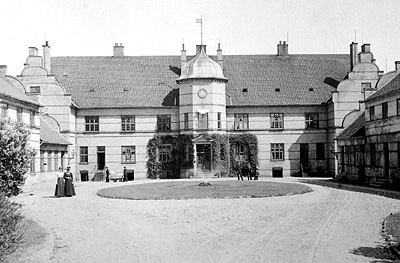CNC for summerproject
I have decided to build a CNC machine in the summer vacation. As soon as I finish the last exams i’ll start building / hacking. For the moment I’m looking into building plans and cnc in general. At first I wanted to build a reprap using a kit, but my funds are limited, so it will be a three axis cnc router which hopefully will be able to act as an repstrap.
The project as it looks so far :
I ordered a set with steppers, motor-control and psu from ebay, and I’m waiting for it to arrive(The seller said 10-12 days, so maybe if I am lucky next week). It should be 1.7NM motors and a more or less “plug’n’play” set.
I intend to drive the motors using a old computer running linuxcnc. linuxcnc looks real neat, but might prove to be hard to set up.
The construction
I am looking at two set of plans at the moment
How-to-Make-a-Three-Axis-CNC-Machine-Cheaply
This was the building plan that made me decide that this was a possible task. But there are some issues with the construction I don’t like, especially that it uses belts. They are hard to find and they are not cheap.
JGRO’s plans
This is a free diy plan. it can be found here : http://www.cncroutersource.com/cnc-router-plans.html
It uses threaded rod instead of belts. And the overall construction looks simpler.
Materials
Although I do want to do “fabbing” using a extruder at first I think that there will be enough work for a couple of days getting the mechanics and electronics up and running. Just as there is a lot to learn about g-code and all sorts of 3dmodelling.
To begin with I want to cut using a dremel tool, maybe a more powerful spindle(?) to be able to cut wood – if I have enough power in the steppers.
You might ask what do you want to make / “fab” with a 3 axis cnc machine? I can come up with a lot of different small things like “coat hanger”, “coffee filter”, “PCBs” but I guess that it just boils down to: ” I think its a very fascinating technology and want to play with it”


